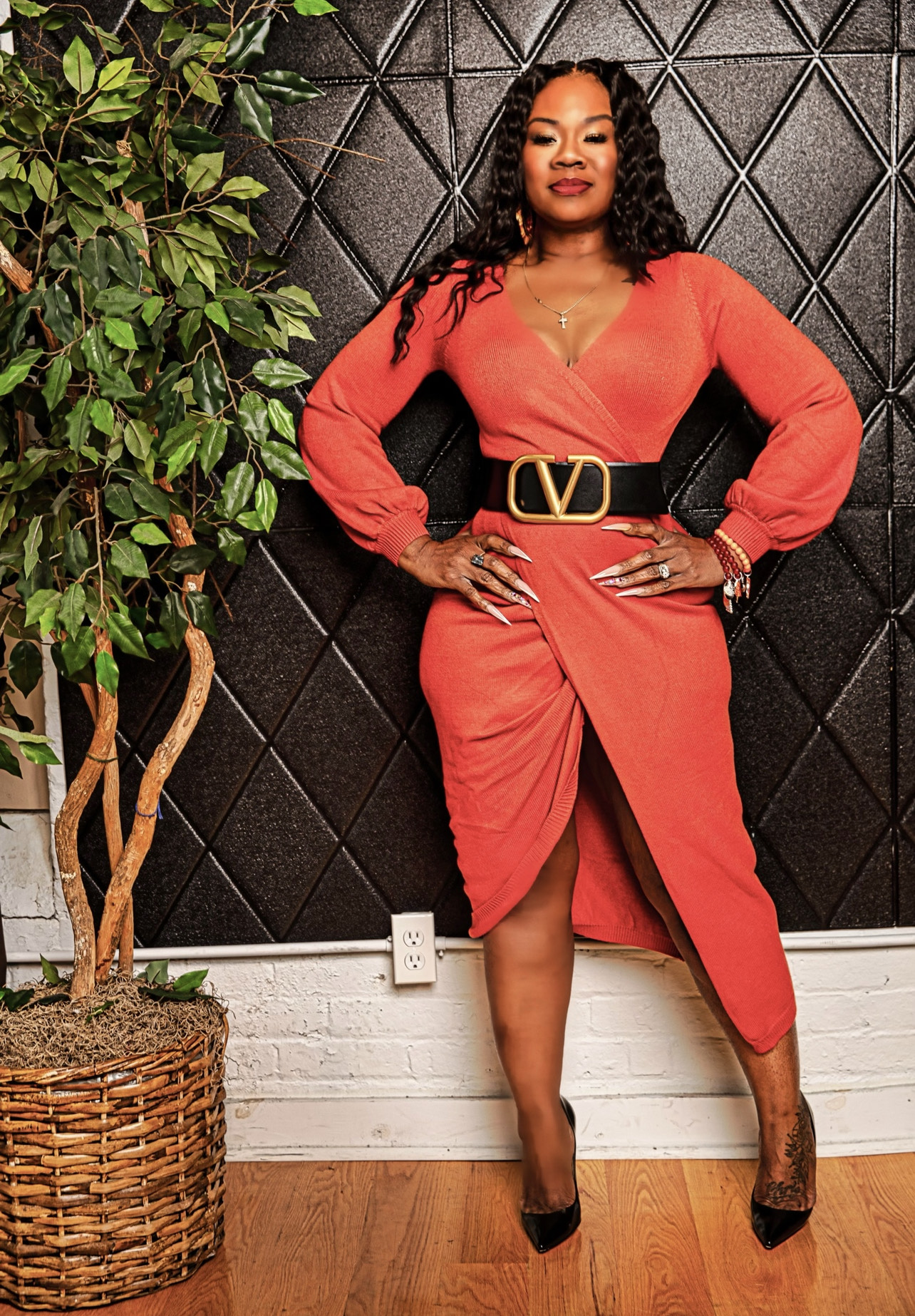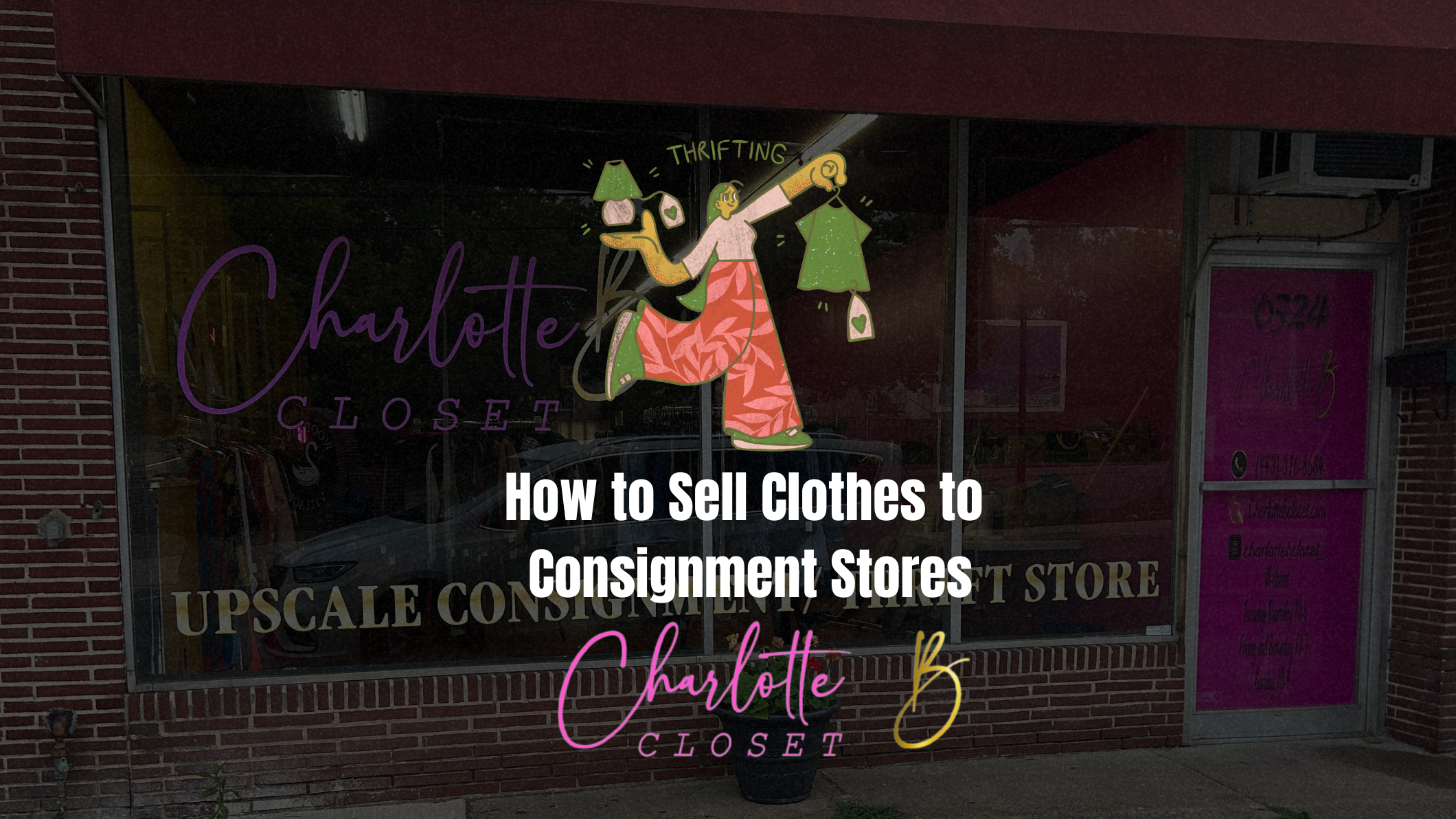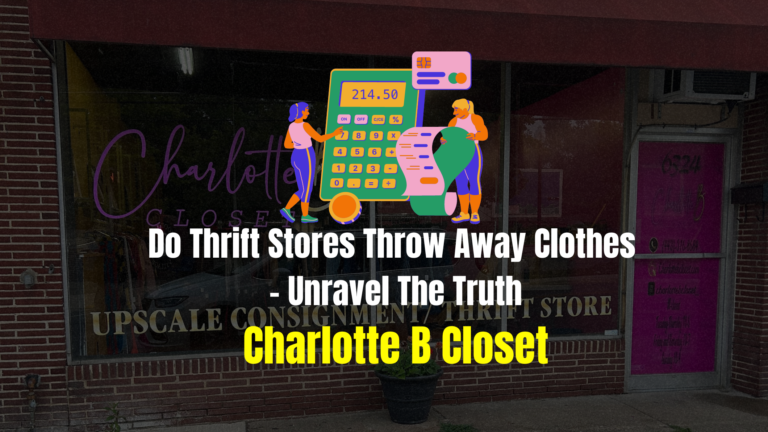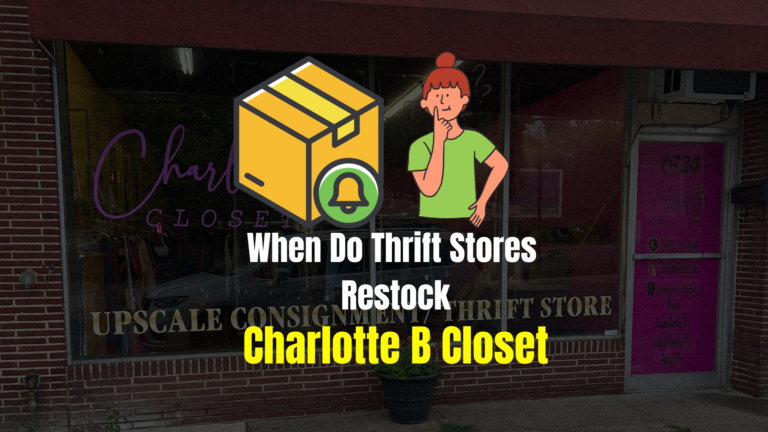How to Sell Clothes to Consignment Stores: Complete Guide
Charlotte B. Closet’s Guide on How to Sell Clothes to Consignment Stores
Selling clothes to consignment stores is a great way to monetize items you no longer need. Charlotte B. Closet, a top-rated consignment store, offers a seamless and secure process for consigning your fashion pieces.
In this guide, we’ll provide clear instructions on how to sell clothes to consignment stores, specifically focusing on submitting clothes, shoes, bags, and jewelry according to the consignment policy provided by Charlotte B. Closet.
These guidelines are commonly followed by many consignment stores; however, it’s always best to check the specific policy on their website. But for now, read on for an authentic and best guide from an esteemed source like Charlotte B. Closet.
How to Sell Clothes to Consignment Stores: A Comprehensive Guide with Charlotte B. Closet
Now let’s dive in without further ado!
Step 1: Review Charlotte B. Closet’s Consignment Policy
Before proceeding with consignment, thoroughly understand Charlotte B. Closet’s consignment policy available on their website. This includes specific guidelines regarding item acceptance, preferred brands, and the consignment duration. Familiarizing yourself with these details will ensure that you comply with their requirements and streamline the process.
Step 2: Prepare Your Items for Consignment
Select up to 20 items that include women’s clothing, shoes, jewelry, bags, and accessories. All selected items must have been purchased within the last few years and should be free of stains, damage, or odors. Cleanliness and quality are paramount, so carefully inspect your items before submission, and make sure they align with the accepted brands as listed in Charlotte B. Closet’s policy.
Step 3: Schedule an Appointment or Choose Drop and Dash
For first-time consignors, it’s advisable to schedule an appointment for a more personalized review of your items. Alternatively, the Drop and Dash option allows you to leave your items to be reviewed later, with unsellable items automatically donated without the option to return. Both options are designed to suit your convenience.
Step 4: Complete the Consignment Contract
Upon arrival at Charlotte B. Closet, you’ll be required to read and sign the consignment contract. This agreement outlines the terms of display duration (two full months for regular items, five additional months for designer items), revenue split (50/50 between consignor and store), or upfront payment option and other essential terms. Make sure to understand all the clauses before signing.
Step 5: Monitor Your Consignment Period
Keep track of your consignment period. Regular items are displayed for the remainder of the month they are brought in and two full months after, while designer items get an extended time. If you wish to pick up unsold items, you must notify the store at least 48 hours before the end of your consignment period.
Step 6: Retrieve Your Earnings
You can either collect checks or opt for store credit. If your account balance reaches $20 or more, you can pick up checks at any time. Alternatively, you can utilize the store credit for purchases within Charlotte B. Closet.
Step 7: Manage Unsold Items
If some of your items remain unsold at the end of the consignment period, you can pick them up or donate them.
Step 8: Repeat the Process
If you find consigning with Charlotte B. Closet a rewarding experience, continue to follow these guidelines for future transactions. Repeat the process with adherence to their policy, and enjoy the benefits of consigning your fashion items.
By following these detailed steps, you can effectively navigate how to sell clothes to consignment stores, specifically with Charlotte B. Closet. The guide has been crafted to align with their policy, offering clarity on each stage of the consignment process. If further assistance is needed, don’t hesitate to reach out to Charlotte B. Closet directly. They eagerly look forward to working with you!
Also Note: While the steps detailed above specifically pertain to consigning with Charlotte B. Closet, many consignment stores follow a similar procedure. It is always recommended to read the particular consignment policy on the respective store’s website. With Charlotte B. Closet, you can be assured of a more secure and well-structured process that aligns with standard practices in the consignment industry.
Conclusion
Consigning your clothing, shoes, bags, jewelry, and accessories with Charlotte B. Closet offers an organized and secure way to sell your items. The clear guidelines, professional process, and fairness in transactions make it an appealing option for many. While many stores may follow a similar procedure, Charlotte B. Closet’s commitment to quality and transparency sets them apart. By following the steps provided, you can engage in a successful consignment experience that is both rewarding and hassle-free.
Frequently Asked Questions (FAQs)

Hi there, I’m Toni Whitten, but you might know me as LadyT. I’m a passionate entrepreneur and the proud owner of Charlotte B’s Closet, your go-to thrift store and upscale consignment.
Outside the store, I connect with the amazing women in my exclusive Facebook group, Housewives of Baltimore, boasting over 23k+ members.
In my free moments, I channel my passion for sharing genuine insights and helpful guides on various concerns through my blog at charlottebcloset.com.







